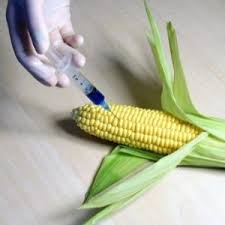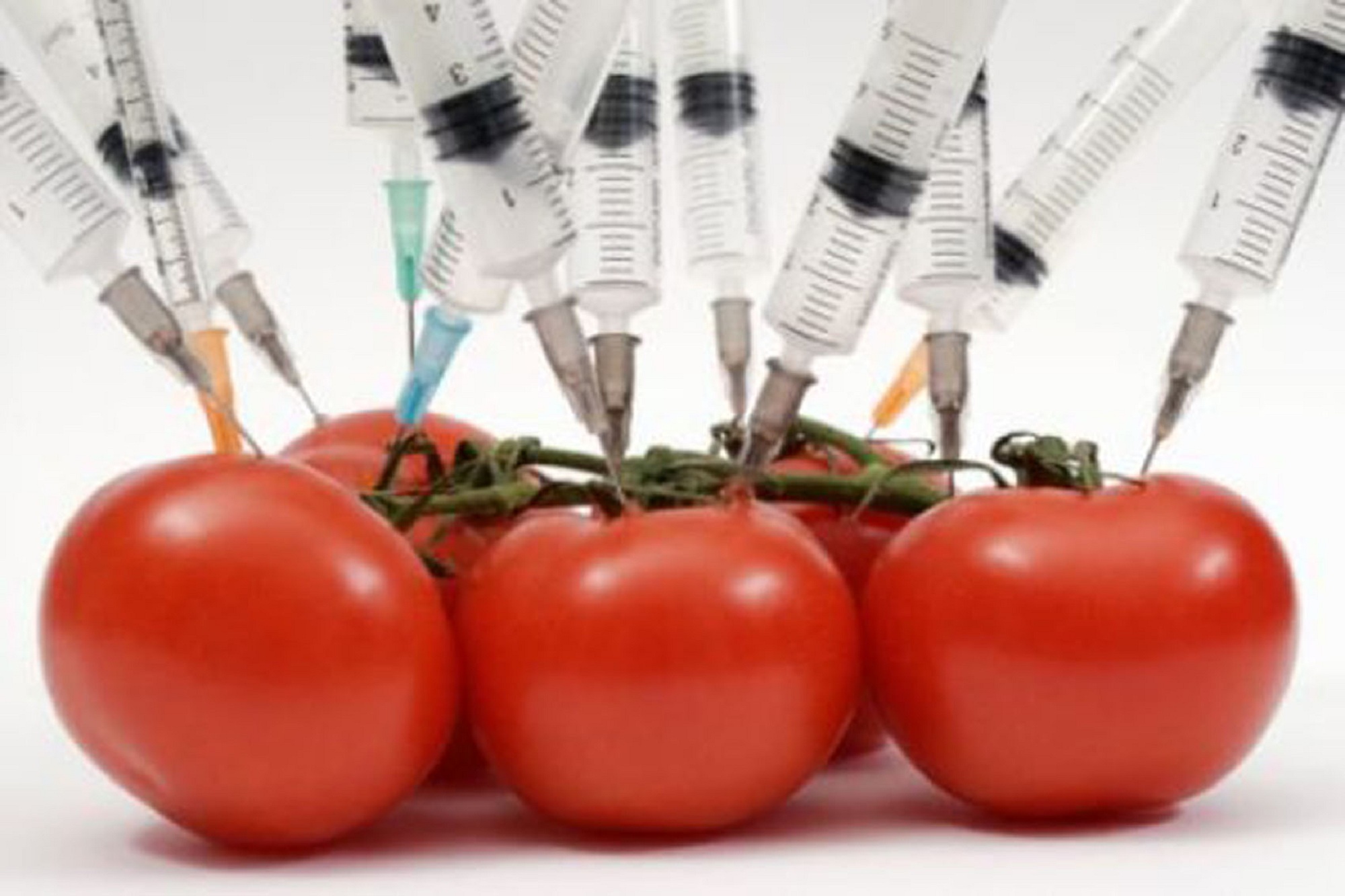Genetically Modified Food
Genetically Modified or GM food refers to those food items whose DNA has been modified scientifically for better results.
The DNA changes are done by subjecting them to using genetic engineering techniques with chemicals and radiations , bringing stable changes in them. The main aim of this technique is to add an additional trait and property to that crop which it lacks naturally.
Every year lot of crops get destroyed due to the attack of insects and pests. Therefore, the GM breeds are more resistant to diseases and environmental climatic changes.
Many of the food items we eat are already genetically modified but we cannot know without checking the labeling.
3 Techniques of GM Modifications
The following three techniques are used in GM modifications by genetic engineering:
- Transgenic

- Cisgenic
- Subgenic
Advantages of GM Food
- It helps plants to withstand chemical treatments like herbicide
- GM crops are more in nutrients than natural crops
- These are more resistant to pests and diseases
- GM crops reduce production cost as they need less mechanical and chemical support in maintenance and harvesting.
- Improve Crop Yield
- It is believed that the GM food is good for human health than conventional food
- GM food can overcome food and nutrition shortage
Dangers of GM Food/Crops

- GM crops are known to carry diseases
- They are believed to be the reason for cancer, heart ailments, and Kidney failures.
- GM crops can lower immunity
- GM crops cause antibiotic resistance
- Farmers do not have access to the seeds as they fall into the stock of biotech companies
- They are threat to domestic animals, wildlife and environment
- The herbicide resistant genes of GM crops can be transferred to natural relatives
Awards in the field of Genetically Modified Food
In 2013, the following three scientists were awarded with “World Good Prize” owing to their contribution in the field of genetic engineering and improving the quality, quantity or availability of food in the world.
- Robert Fraley
- Marc Van Montagu
- Mary-Dell Chilton
History of Genetically Modified Crops
1982: The first GM crop was produced in the year 1982. It was an antibiotic-resistant tobacco plant. The use of tobacco plants to check herbicide resistance was made in France and the USA in 1986.
1992: The People’s Republic of China allowed to commercialize the transgenic plants. It introduced a virus-resistant tobacco but later withdrawn in 1997.
1994: United States also used a modified tomato crop called “FlavrSavr”. It had a longer life and took a longer to soften once ripen.
1994: The same year, the European Union also approved the GM tobacco to be herbicide (bromoxynil) resistant. This way the tobacco became the first genetically engineered crop marketed in Europe.
1995: US Environmental Protection Agency approved Bt Potato as the next engineered crop. This made it the first pesticide producing crop of the country
1995: The same year few other crops like, canola with modified oil, Bt maize, Bt cotton, Soybeans, virus resistant squash were approved for use.
Should we use GM Crops?
It’s universal debate to use GM Crops. Genetically modified food crops have the potential to to raise the crop production in Asian countries. But they are also associated with some dangers also as mentioned above.
The Agriculture Ministry of India has also given approval to the use of GM crops. This seems to be a good move but there is a great protest also the government is facing now a days.
The experts conducted a survey and found that a very big scientific fraud is taking place. According to this GM tests were carried on 300-year-old crops and not the present breeds of crops.
The government is taking full precautions and taking scientists advice before making any final decision.





